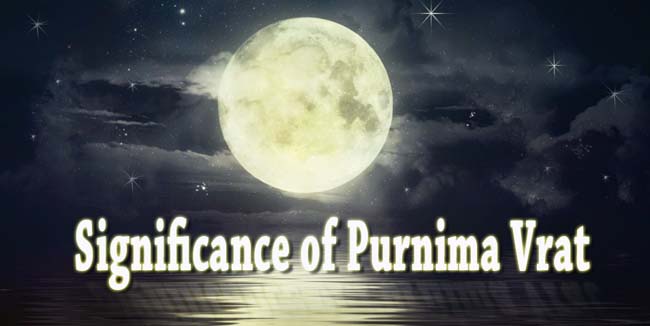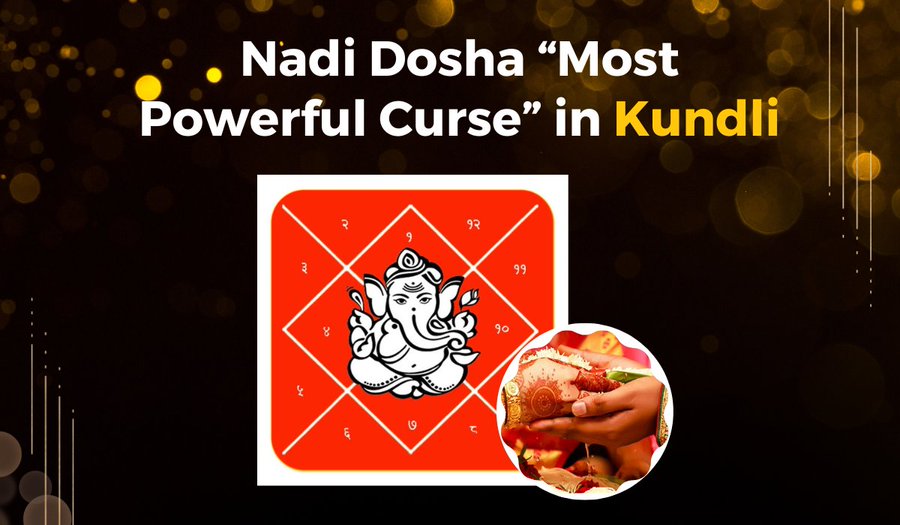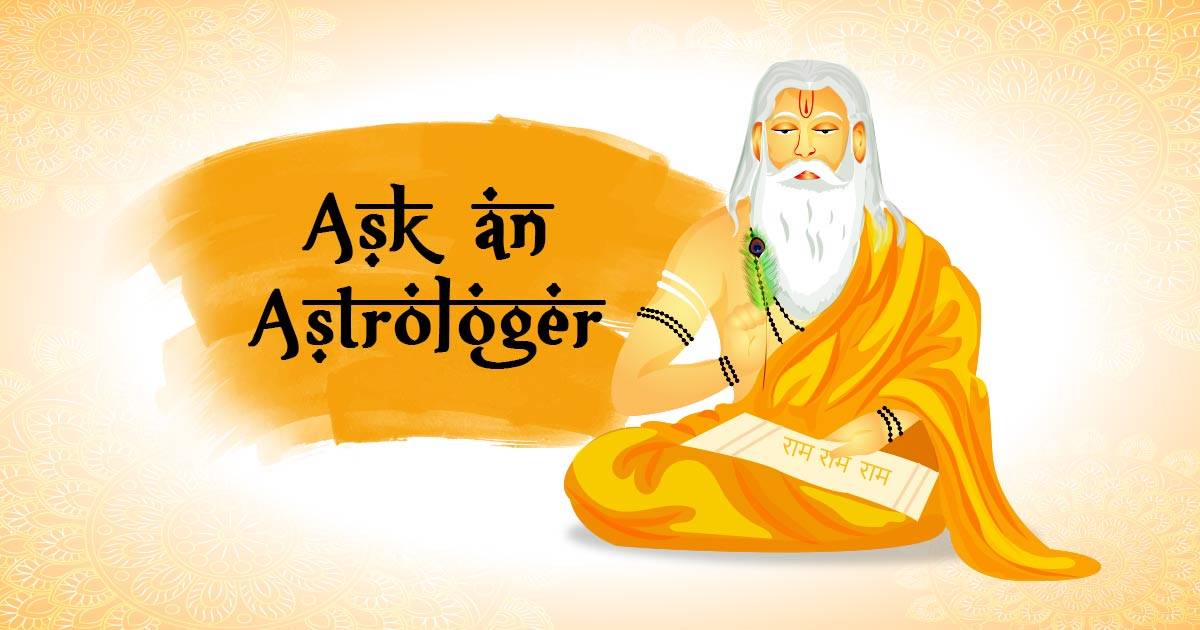According to the Hindu calendar, the day of Full Moon is known as Purnima. Purnima Day holds immense importance in Hindus as many festivals are celebrated on Purnima tithi. Hindus observe Purnima vrat on the Purnima day to purify themselves spiritually. Know more about the importance of Purnima Vrat and Purnima dates in the article below.
Importance of Purnima Vrat
The importance of Purnima Day cannot be overstated. Purnima vrat is significant because it coincides with many important Hindu festivals. On Purnima day, many Hindu devotees fast for the entire day and pray to Lord Vishnu. Purnima Puja’s ceremonies are primarily concerned with birth, rebirth, development, and manifestation. The moon completes one cycle around the earth on Purnima day. Since the light of the full moon illuminates the things that are impeding spiritual advancement, the full moon day of a month is an ideal time for purging many essential rituals related to spiritual advancement. The rituals are designed to help people release emotional and physical pains.
Celebrations & Rituals / Purnima Vrat Vidhi
The Purnima fast starts at sunrise on Purnima day and ends in the evening when the full moon rises. Abstaining from rice, cereal-based dishes, and salt is one of the Purnima vrat’s requirements. Several people go without food and water for a certain period of time. Devotees should observe the vrat by consuming fruits and drinking milk if strict fasting is not feasible. According to science, the acid content of the stomach is decreased on the full moon and no moon days. As a result, digestion is slowed down. As a result, fasting on these days will help our bodies remain healthy and clean out our intestines and colon. Fasting on Purnima vrat has many advantages, including lowering metabolic rates, improving physical and mental balance, stamina, emotional control, and anger management.
It is considered very auspicious to perform Satya Narayan Vrat on Purnima day. Satya Narayan Vrat is a thank-you ceremony to Lord Vishnu for all of his blessings. On the day of the vrat, the house is cleaned, mango leaves are put on the front door, and an altar is set up. On the altar, a vermilion, sandal paste, and Kumkum-encrusted idol or image of Satya Narayan are placed. Tulsi is also available in garlands. At both sides of the altar, two small plantain trees are connected. The puja begins with Lord Ganesh’s blessings and ends with the chanting of Vishnu Sahasranam. Fruits, dried fruits, and nuts, several rice dishes, betel leaves and nuts, and milk porridge with saffron are among the offerings. Lord Vishnu’s stories are told during the puja. Devotees perform Mangal Arati in front of the altar at the end of the puja by waving a camphor or Ghee torch. On Purnima day, the Satya Narayan Vrat provides the most benefits. The Purnima vrat is extremely helpful, and the Satya Narayan Vrat on this day allows people to share the blessings they have earned with others, thus maximizing the benefits for themselves.
Purnima Days 2021
Below are the dates when Purnima Vrat / puranmashi Vrat is in Year 2021
| Date | Purnima | Festival |
| Thursday, 28 Jan | Paush Purnima | |
| Saturday, 27 Feb | Magha Purnima | Guru Ravidas Jayanti |
| Sunday, 28 Mar | Phalguna Purnima | Holika Dahan |
| Tuesday, 27 Apr | Chaitra Purnima | Hanuman Jayanti |
| Wednesday, 26 May | Vaishakha Purnima | Buddha Purnima |
| Thursday, 24 Jun | Jyeshta Purnima | Kabirdas Jayanti |
| Saturday, 24 Jul | Ashadha Purnima | Guru Purnima |
| Saturday, 24 Aug | Shravana Purnima | Raksha Bandhan |
| Monday, 20 Sep | Bhadrapada Purnima | Sri Satyanarayan Puja |
| Wednesday, 20 Oct | Ashwin Purnima | Valmiki Jayanti |
| Friday, 19 Nov | Kartika Purnima | Guru Nanak Jayanti |
| Sunday, 19 Dec | Margashirsha Purnima | Annapurna Jayanti |
Hope you like this article on Purnima Vrat and Purnima Dates. If you have any comments regarding the above article, please write below.
Astrologer Navneet Khanna, is a former World Bank & SIDA consultant, he has held many prestigious projects in India and Africa before settling down in his native place, near Chandigarh and following his passion in Vedic Astrology. Navneet is very scientific and logical in his Predictions. He reasons his predictions because of which he has a worldwide following and people from many countries solve their problems with his help.
He is an expert in Marriage and Love Relationship. In Marriage Matching he does analysis of Guna Milan and also Grah Milan (Matching of the Planets) and will tell you effects and remedies of Nadi Dosha, Bhakoot Dosha & Gana Dosha if present.
He is an Expert Astrologer on Many Indian & Foreign Websites like myastrologysigns.com and a frequent writer for many national and international websites and magazines.
Navneet believes that Vedic Astrology is a vast subject, it is an ocean of knowledge and wisdom. It is simply up to the individual to jump into the ocean and extract the pearls. With his vast experience on occult subjects he has been associated with leading astrologers in India to promote astrology.
Navneet Khanna believes that the energy and inspiration behind him is the Blessings of the Almighty.
You may call / whatsapp him on his number +91-9417884861 .










